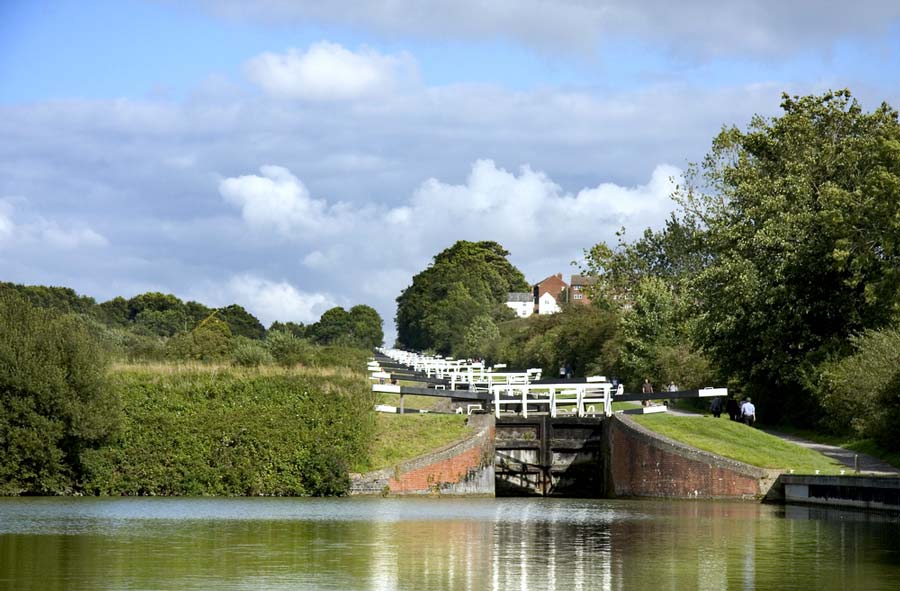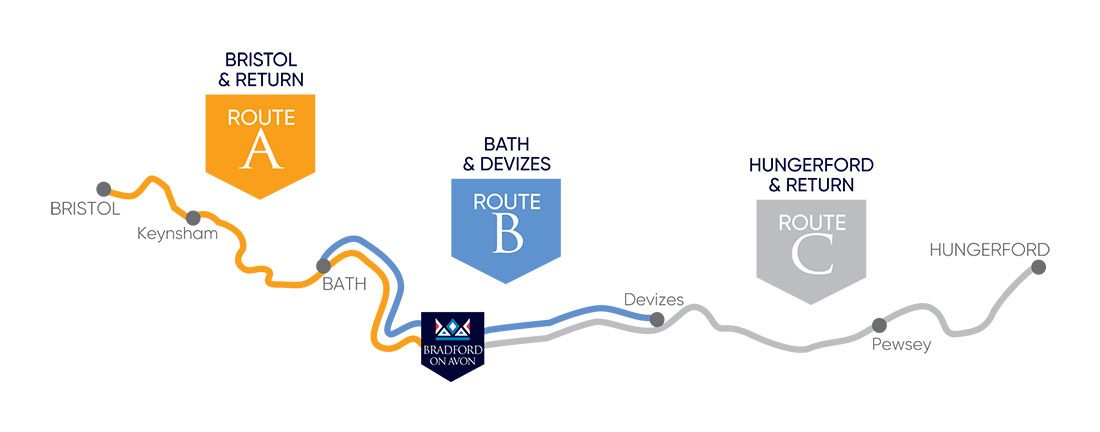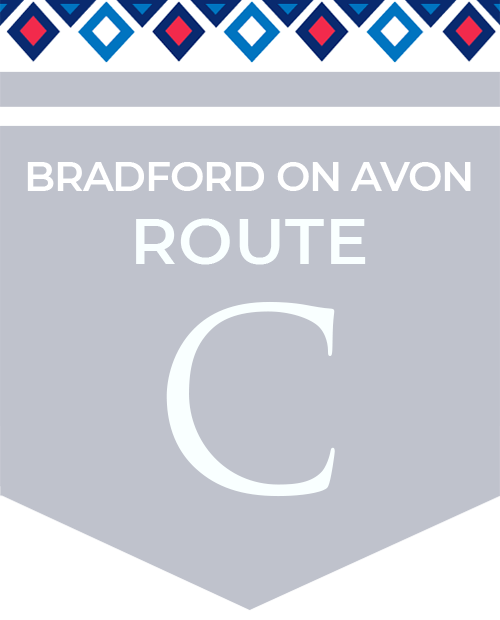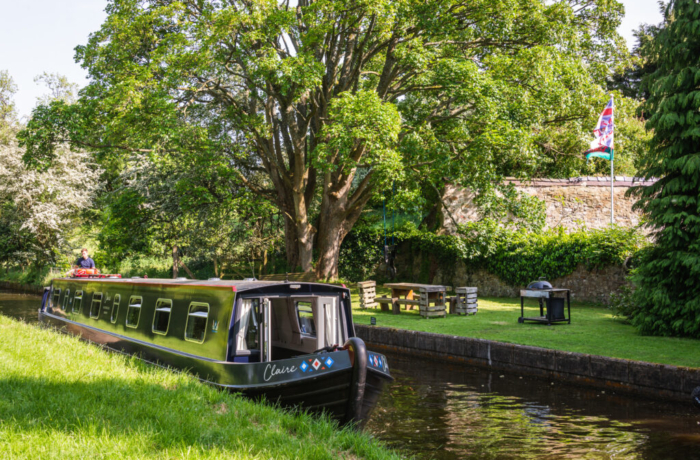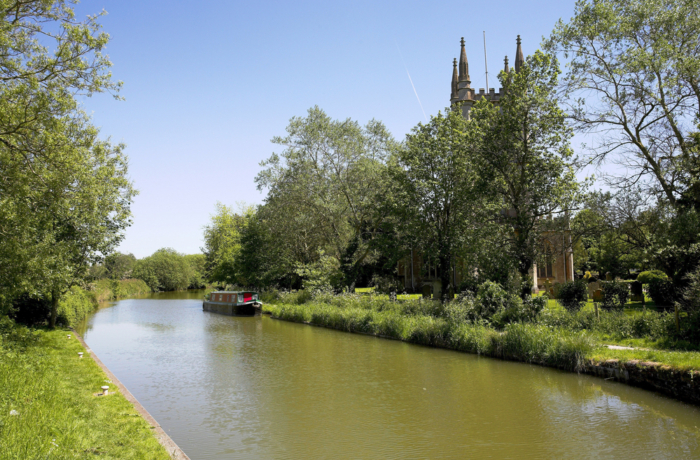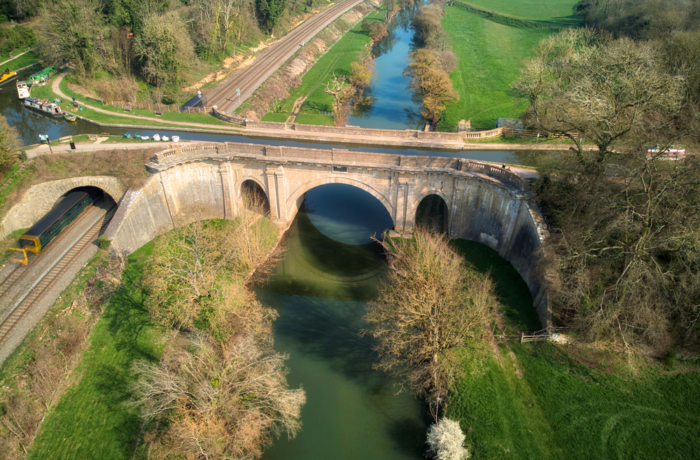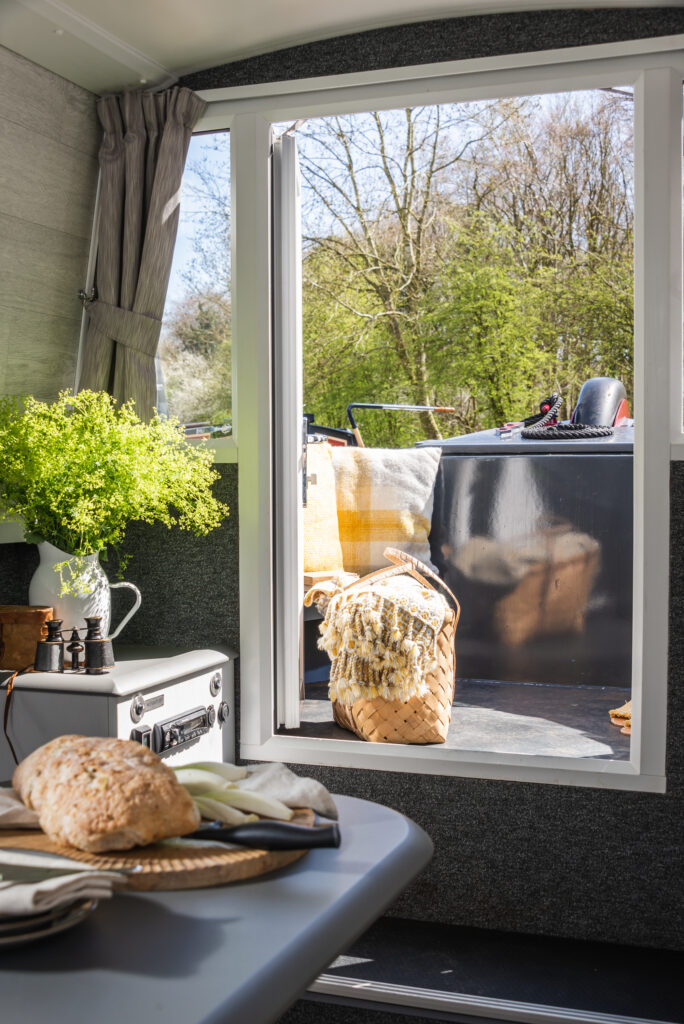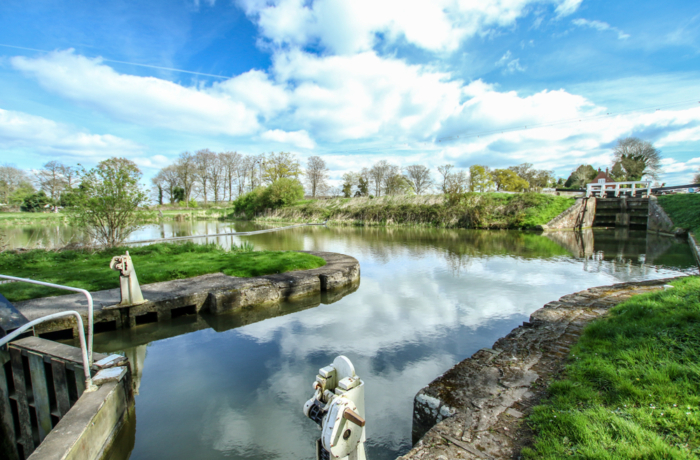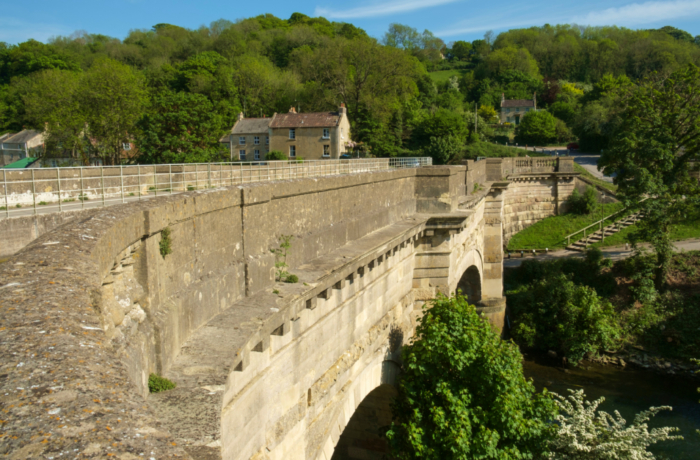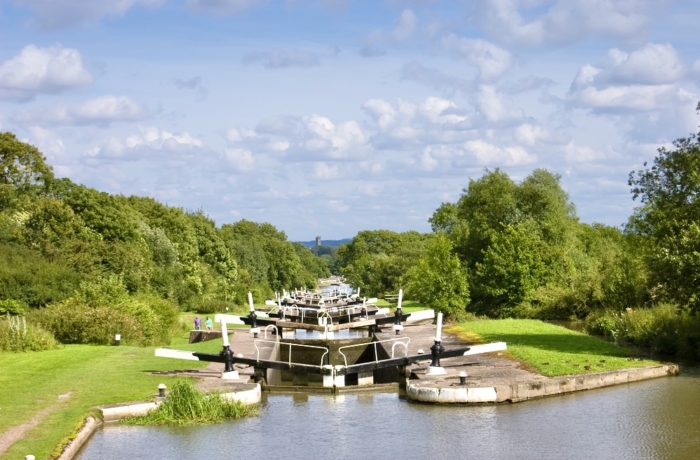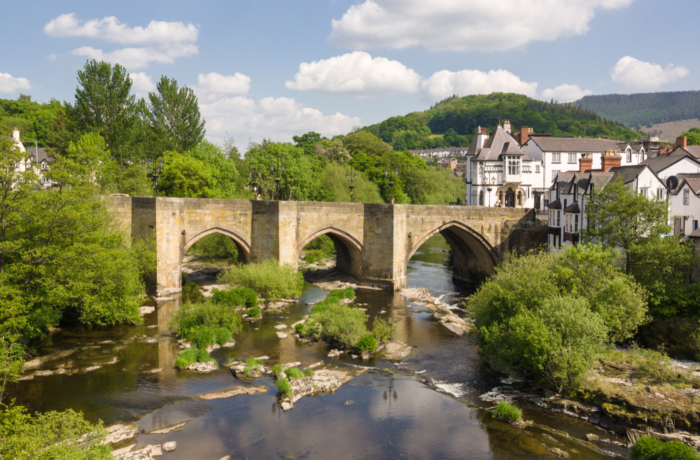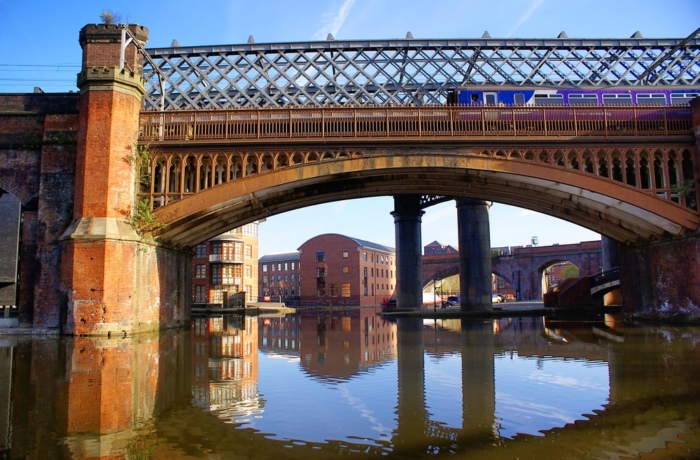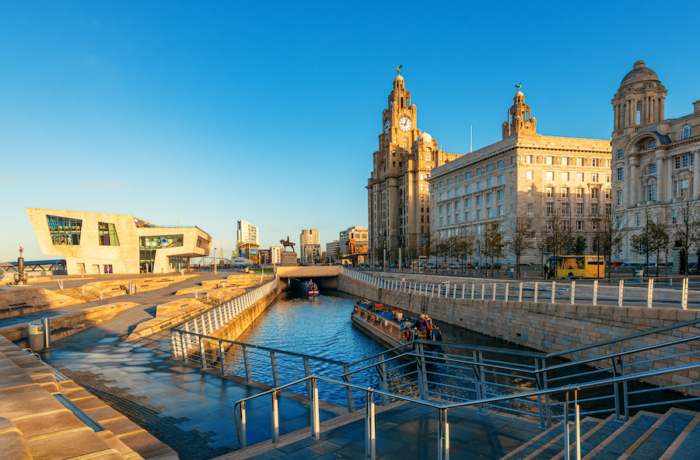The Kennet & Avon Canal we know today is made up of three different historic waterways that are part of the Canal Trust, the Kennet Navigation, the Avon Navigation and the Kennet & Avon Canal.
The idea of an east-to-west waterway link across southern England was first mentioned in Elizabethan times (1500’s), to link the tributaries of the rivers Avon and Thames which were only 3 miles apart at their closest point.
However, it was only in the late eighteenth century that construction began on a canal linking route that would link the two rivers on a route via Devizes and the resulting canal was completed in 1810.
Despite the impressive length of the Kennet & Avon Canal, the waterway was never prosperous and the canal gradually fell into disuse after the opening of the Great Western Railway, which offered a more affordable and faster option for river navigation and transporting goods across the country, east to west and vice versa.
In the latter half of the 20th century, the canal was restored in stages, largely by volunteers and was fully reopened in 1990. The canal network now is managed by the Avon Canal Trust and used predominantly for leisure activities such as boat hire, canal boat holidays and water-based activities such as canoeing and paddle boarding, although there is also a cycle route running alongside it and the area is important for wildlife conservation.
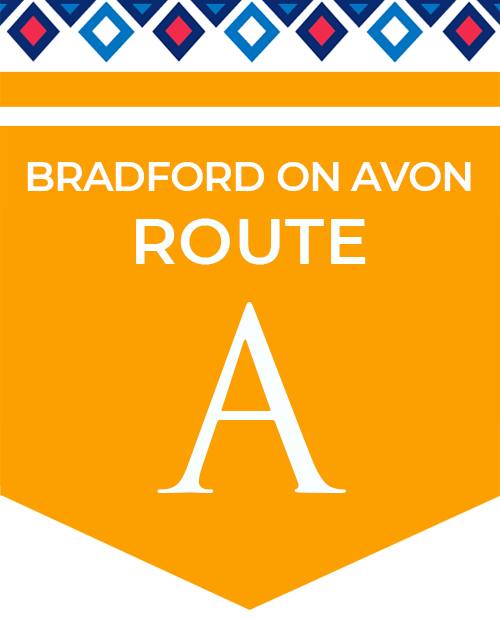 https://www.black-prince.com/wp-content/uploads/2014/03/bradford-on-avon-route-a.png 620 500 Team https://www.black-prince.com/wp-content/uploads/2024/02/logo.png Team2014-06-07 11:49:212024-05-01 14:00:34Bristol and Return
https://www.black-prince.com/wp-content/uploads/2014/03/bradford-on-avon-route-a.png 620 500 Team https://www.black-prince.com/wp-content/uploads/2024/02/logo.png Team2014-06-07 11:49:212024-05-01 14:00:34Bristol and Return
